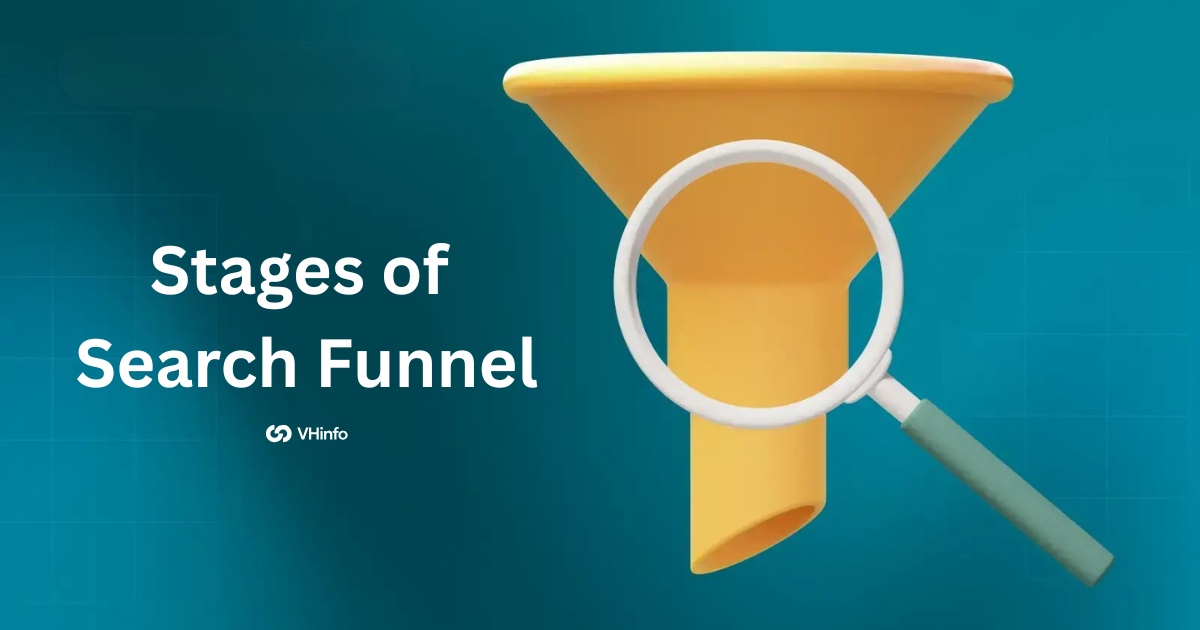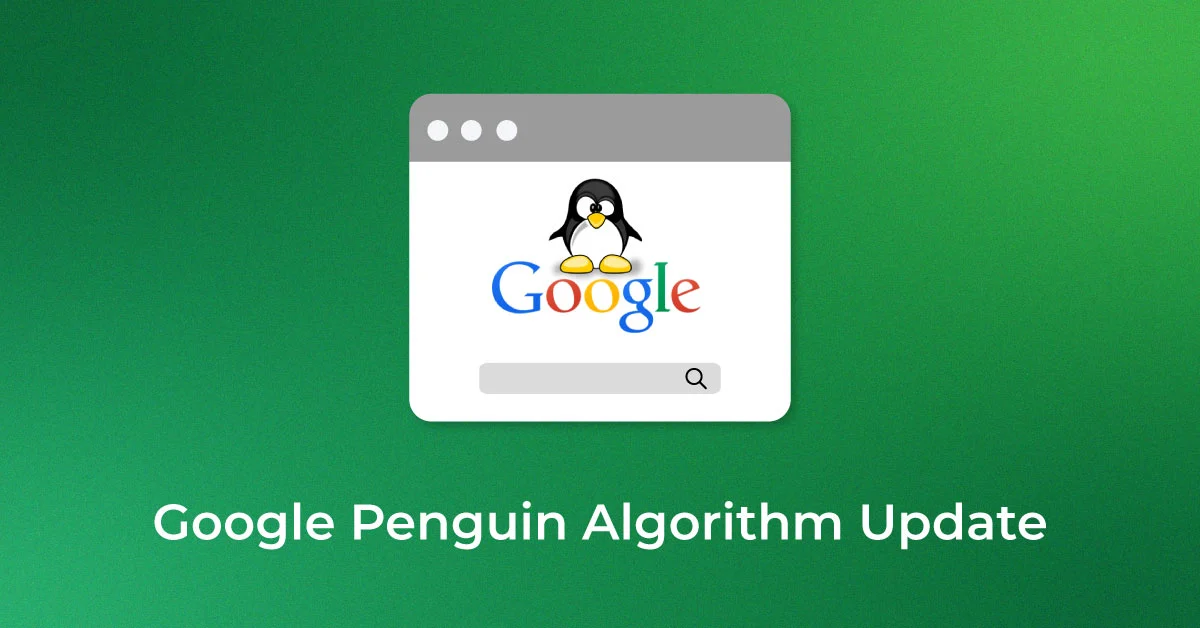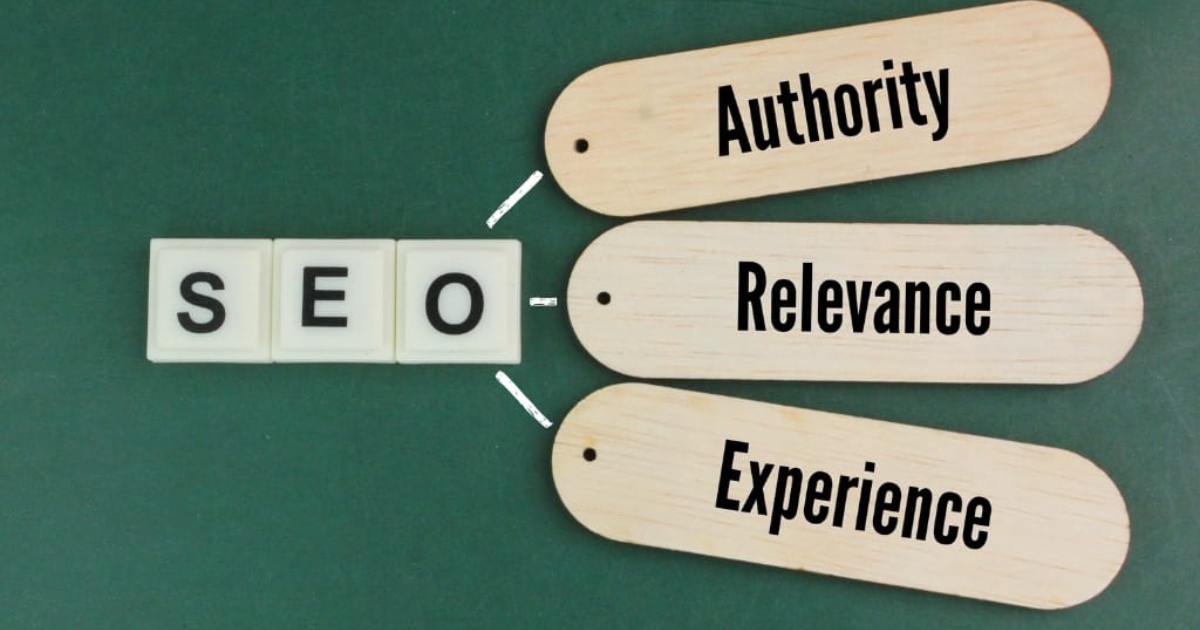User intent SEO means matching what someone types into a search engine with the right web pages. When people enter a search query, they show a goal, like finding information, visiting a specific website, buying a product, or comparing options.
Knowing user intent or search intent lets you create content that answers that specific question.
Informational intent pages teach or explain, while transactional intent pages help people buy or act. Navigational intent helps users reach a particular site, and commercial intent guides them in choosing between products.
Using keyword research helps you see what people are looking for. It also helps you understand the search intent of your audience. When you focus on what users want, you can rank higher in search results. This can help you get more traffic to your site.
What Is User Intent In SEO?
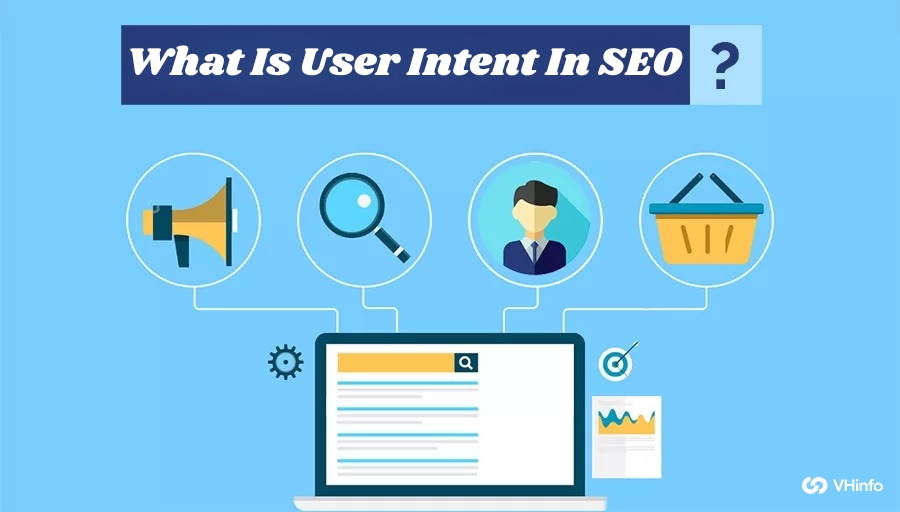
User intent, also called search intent, means the reason behind a user’s search query. It guides the search engine to show relevant results.
When you align your content to user search intent, you increase the chances of ranking on the first result. People use specific words—called keyword modifiers—to show their intent.
For example, “how to write blog posts” shows informational intent, while “buy blue widget online” shows transactional intent.
What Influences User Intent?

User intent depends on:
- Search Terms: Words like “best,” “how,” or “buy” indicate different intents.
- Search Engine Results: The mix of web pages, product pages, featured snippets, and social media links influences what people click.
- User Behavior: Past clicks, time on page, and bounce rate help refine search results.
- Content Format: Videos, opinion pieces, landing pages, FAQ pages, and blog posts all serve different user needs.
Importance of User Intent in Search Rankings
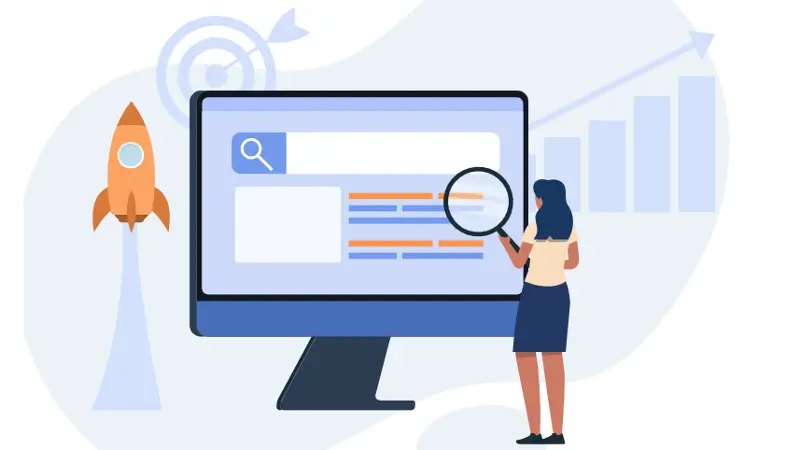
When you match user intent in SEO, search engines see your pages as helpful. This helps show them higher in search results.
When your content answers a person’s search intent, they stay longer and click more. Search intent can be informational, transactional, navigational, or commercial. Using keyword research is key to finding the right intent for your audience.
You should also check SERP features. Clear content that matches user intent can earn a featured snippet. Higher rankings bring more traffic to your site. This improves user experience and makes your content better. It helps build trust with readers, too.
Types of User Intent
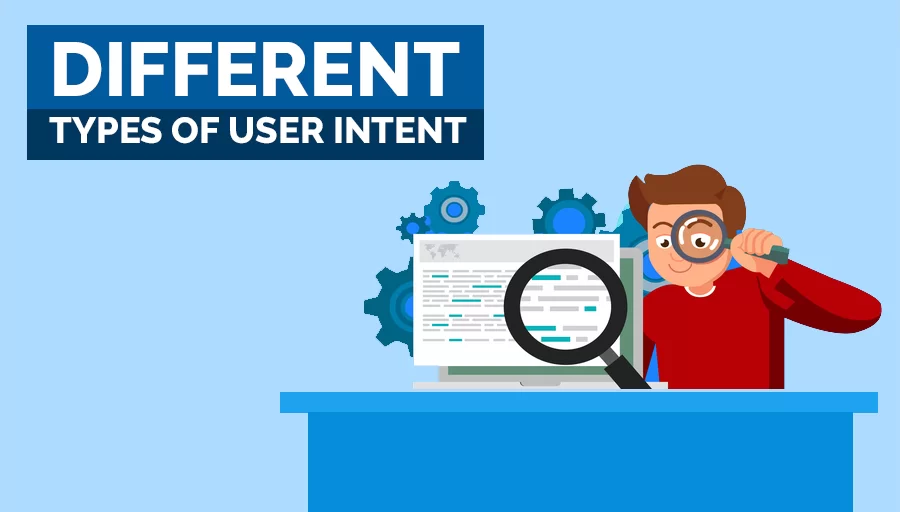
There are four main types of user intent that you need to think about in SEO.
Informational Intent
Informational intent means a user wants to learn or find an answer. They use search words like “how,” “what is,” or “tips.” These words are common in Google Search or other search tools. This kind of search shows they need facts or details.
To help them, you can create blog posts, guides, or FAQ pages. Using keyword research helps you find the right informational keywords. You can match your content format to these searches. Meeting informational intent can boost traffic and improve user experience.
Navigational Intent
Navigational intent occurs when a user wants to find a particular website or web page.
They may type a brand name, such as “VH Info,” into the search box. They might also enter a product page title. This intent helps them go directly to the landing page or a special part of a site. You can improve meta descriptions and content plans to help users visit your site fast.
Clear content that focuses on navigation reduces bounce rate. It also meets the user’s search needs.
Transactional Intent
Transactional intent means a user wants to buy or do something. This can be actions like “order,” “download,” or “subscribe.”
These types of search words tell you to make product pages or landing pages. It is important to have clear buttons that ask users to take action. You can use keyword research tools to find these words.
An example is “buy link building tool.” When you match transactional intent, it helps guide users through the sales process. This can lead to more sales and more visitors from search engines.
Commercial Investigation Intent
Commercial investigation intent means users are comparing choices before they buy.
They search for terms like “best SaaS tools 2025” or “top link building services.” You can meet this intent by making comparison guides. You can also create reviews or case studies for product pages and blog posts.
Looking at SERP features shows if featured snippets or opinion pieces are best. Serving this type of intent helps build trust with your audience. It guides them toward making a purchase.
How to Identify User Intent?
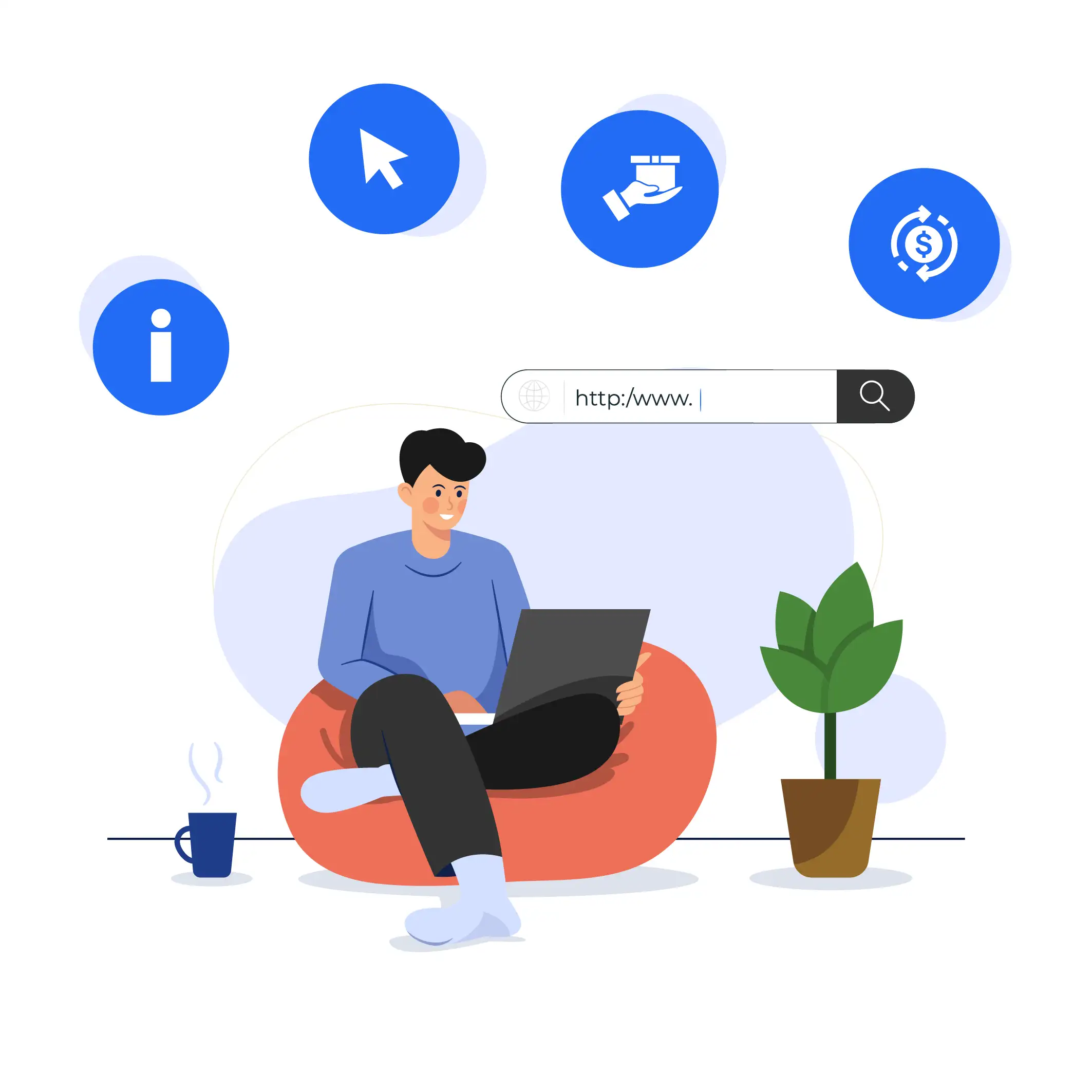
Finding out user intent starts with good keyword research.
- Analyzing Search Queries: Start by listing words that your audience may type in Google Search or other search tools. Use keyword tools to check which search terms are popular. Look for terms that match what users want. This will help you find the best keywords for different needs. These needs include looking for information or making a purchase, and more.
- Using Keyword Research Tools: You can use tools like Google Analytics, Ahrefs, or SEMrush. These tools help you check keyword metrics. They show search volume for different keywords. You can also see keyword modifiers and related terms. This helps you find user intent patterns easily.
- Reviewing SERP Features and Results: Type your main keyword into a search engine. Look at the SERP features that show up. These can include featured snippets, “people also ask,” image packs, or maps. These features help you see what content format users want for that search intent.
User Intent Analysis and Research

- Keyword Research for Intent Identification: Group keywords by what people want. There are three main types of intent. The first is informational queries, like “What is user intent?” The second is transactional keywords, such as “buy link building tool.” The last type is navigational searches, for example, “VH Info blog.” This helps you see the types of search intent your audience has.
- SERP Analysis for Intent Understanding: Look at the search engine results page for your main keyword. Check if Google shows articles, product pages, or comparison guides. This shows you which type of content fits user search needs best.
- User Journey Mapping: You need to track the way people move from info pages to product pages. For instance, they might search “how to do keyword research.” This shows their need for information. Then, they read a blog post. Next, they search for “best link-building tools.” This shows they want to buy something. Finally, they look up “buy link building tool.” This means they are ready to make a purchase.
Optimizing Content For User Intent

- Matching Content to Search Intent: You should write blog posts that help with informational intent. Create landing pages for transactional intent. Make comparison guides for commercial investigation intent. Also, use meta descriptions that match the user’s search intent. Title tags should reflect what the user is looking for. This will help improve your SEO and attract more visitors.
- Structuring Content For Different Intent Types: For informational intent, use clear headings. Also, use bullet lists to make it easier to read. For transactional intent, add call-to-action buttons. Include product details to help users decide. For navigational intent, optimize site links. Make sure internal links work well too.
- Best Practices For User Intent Optimization: Pick one main keyword for each page. Use it in the title and headings. Also, add it to the meta description. Make sure the content fits what the user is looking for. Do not fill the text with too many keywords.
Advanced Intent Optimization Strategies
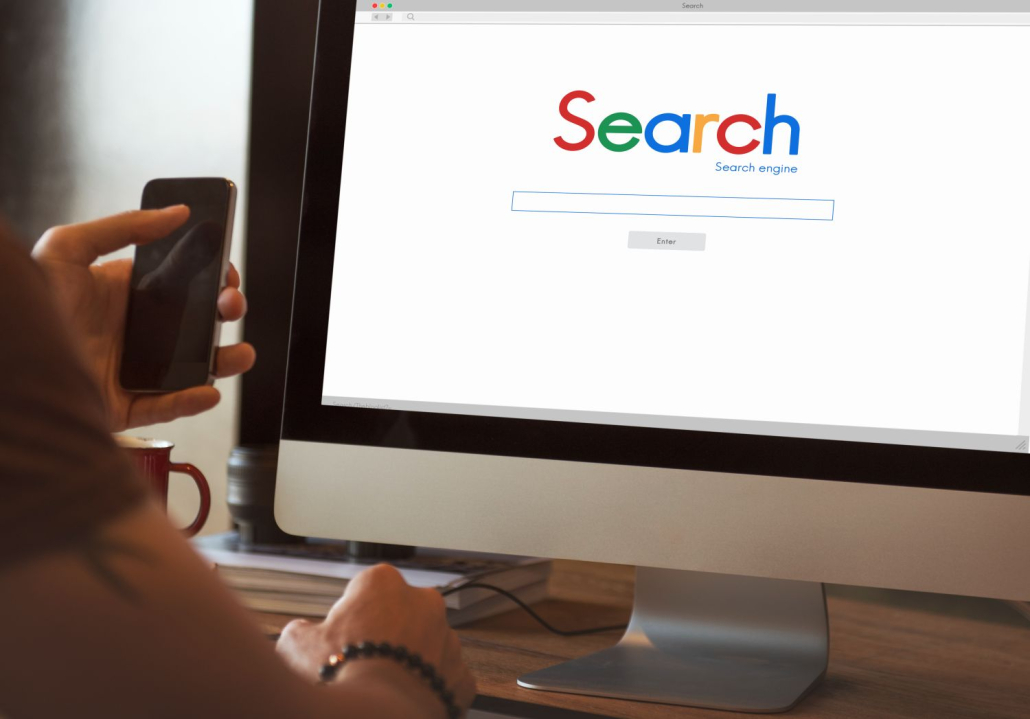
Topic Clusters and Pillar Content
Creating topic clusters means building one pillar page around your main target keyword and then linking to several cluster pages that cover related search terms. The pillar page offers a broad overview of the main topic, while each cluster page dives into a specific subtopic.
This structure helps search engines understand the relationship between your content pieces, boosting your topic authority and improving your chances of ranking for multiple related queries.
When users explore, they can easily navigate between the pillar and cluster pages, guiding them through a logical content journey and satisfying various user search intents.
Conversational Content Creation
Writing in a friendly, direct style—as if you are answering a question aloud—helps match both text and voice search queries. Use natural phrases and full-sentence questions that your audience might speak into Google Search or a smart speaker.
Include question-based headings (e.g., “How do I find user intent?”) and simple, concise answers just below. This conversational tone makes your content feel more helpful and personal, improving user experience and increasing dwell time.
When search engine algorithms detect that your content closely mirrors real user queries, they’re more likely to surface it in featured snippets and voice results.
User Persona Development
User personas are simple profiles representing different segments of your target audience based on their goals, challenges, and stage in the sales funnel.
For each persona, note their common search terms (like informational queries or transactional keywords), preferred content format (blog posts, product pages, FAQ), and typical user behavior patterns.
Tailor your content strategy by mapping each persona to specific pages: create how-to guides for novices with informational intent, comparison articles for researchers with commercial intent, and landing pages with clear calls to action for ready-to-buy users.
This ensures every piece of content aligns with a real user’s intent and needs.
Common Mistakes in User Intent SEO
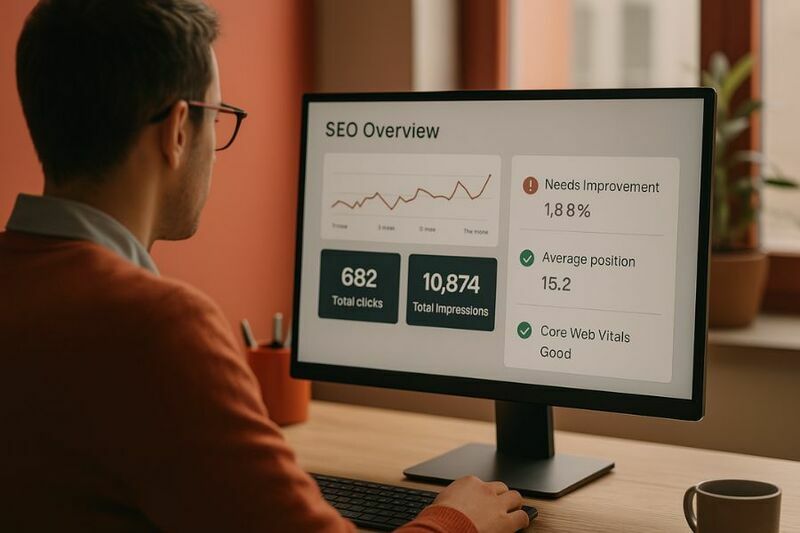
Ignoring User Intent Signals
Skipping a deep look at SERP or missing keyword hints can lead to bad content. This means your work might not fit what people really want.
For instance, if you write a long blog post, users may expect a quick answer. If they find a long post when they want short info, they will leave quickly. This can cause higher bounce rates and lower rankings for your site. Always check the search engine results page first.
Look for which type of content is popular for your keyword. This could be an FAQ, list, or product page before you begin writing.
Over-optimization For Keywords
Stuffing too many keywords into titles, headings, and meta descriptions harms user experience and can trigger penalties under search quality evaluator guidelines.
When content reads unnaturally, users leave quickly, signaling to Google that your page doesn’t satisfy user search intent.
Instead, use your target keyword strategically—once in the title, once in the first paragraph, and sparingly in subheadings—while focusing on clear, helpful writing.
Misalignment Between Content and Intent
If your page says “tips” but quickly tries to sell a product, users will leave. This means less time on the page. It can hurt your SEO score. Always give content that fits what users are looking for.
For informational searches, offer step-by-step guides. For transactional searches, provide clear product details. For commercial searches, use comparison tables. Keeping this match builds trust with your users. It also makes them engage more and helps increase organic traffic.
Tools and Resources For User Intent SEO

- Keyword Research Tools: Tools like Google Analytics, Ahrefs, and SEMrush are very useful. They help you find different types of keywords. These include informational keywords, transactional keywords, and navigational searches. The tools show important data like search volume. They also show keyword difficulty and related search terms. This data is key for grouping types of search intent. It helps in planning your content strategy well.
- SERP Analysis Tools: Platforms like Moz and Google Search Console show which SERP features appear for your keywords. These features include snippets, “people also ask,” and image packs. By keeping track of these features over time, you can change your content format. This will help it match the main user search intent. It can also improve your chances of ranking higher.
- Analytics and User Behavior Tools: You can use Hotjar and Crazy Egg to see heatmaps. These tools show session recordings and click patterns. They help you understand how real users use your pages. You can see where they scroll, what they click, and where they leave. This information helps you improve your content type. It also helps you change your page layout. This way, you can better meet user needs and their search intent.
Case Studies and Examples
- Successful User Intent SEO Strategies: A SaaS blog post focused on “how to do keyword research.” It had clear question headings and short answers. This matched what readers wanted to know. The post earned a featured snippet. It saw a 120% rise in organic traffic in just two months. This shows how important it is to match content with user intent.
- Lessons From Failed Attempts: A landing page aimed at “buy link building tool” had a sales pitch only. It did not include any helpful content. This lack of information ignored the needs of buyers. As a result, many visitors left quickly, leading to high bounce rates and low sales. Later, we added a comparison table and a guide on how to use the tool. These changes helped keep visitors on the page longer. Engagement improved, and conversions went up by 35%.
Future Trends in User Intent SEO
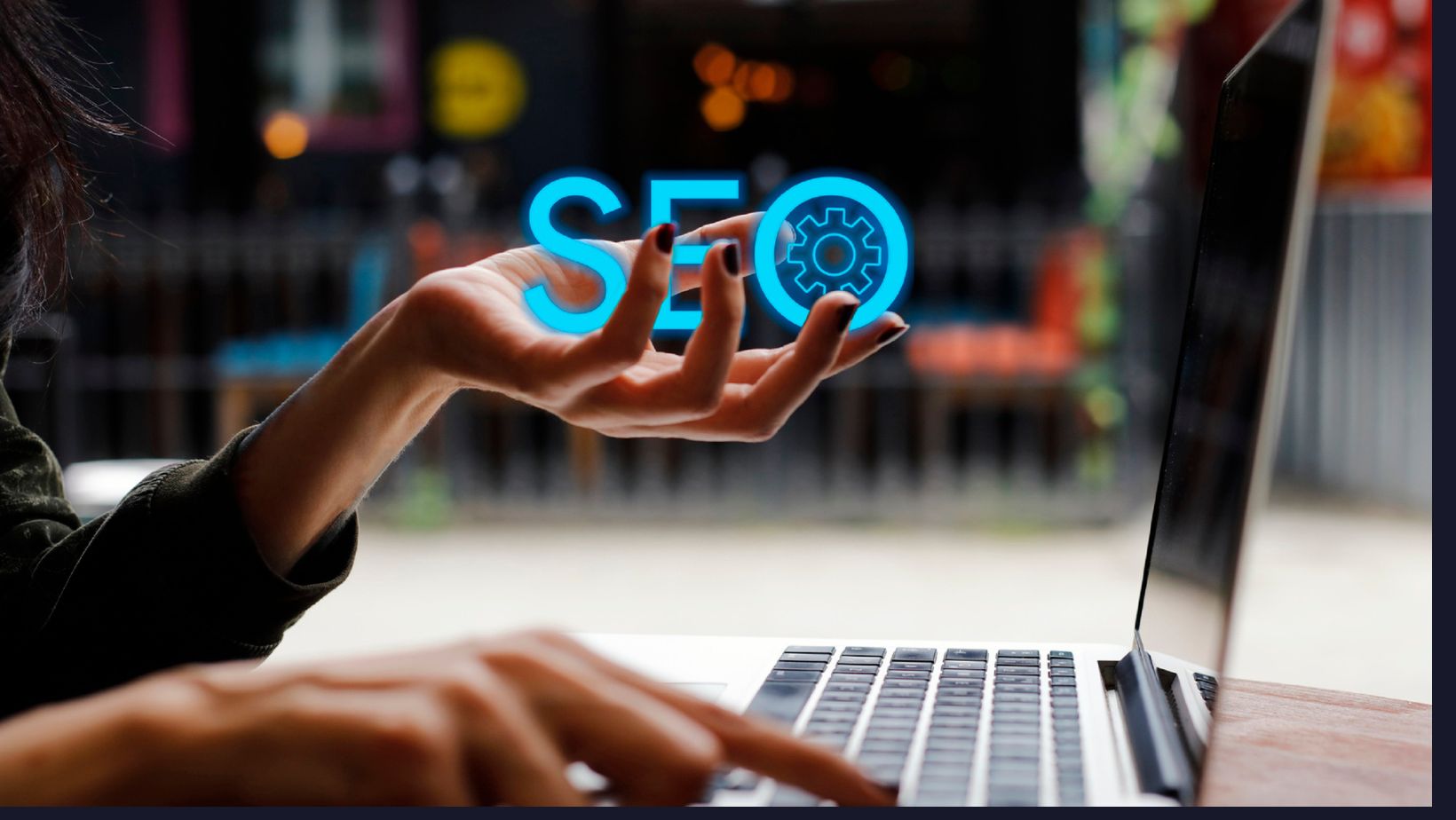
- The Role of AI and Machine Learning: AI platforms can look at large amounts of search results and user actions. They help find small changes in what people want. These smart models can guess new keywords. They also suggest changes for your content groups. This helps you keep up with how users are searching.
- Voice Search and User Intent: More people are using voice assistants now. Voice search questions are longer and sound more like a chat. You should create content that sounds like natural speech. This means using full questions and clear answers. Doing this helps your site show up in voice results. It also increases the chance of being featured on Google snippets.
- Evolving Search Engine Algorithms: Search engines keep changing their rules. They do this to better understand what users want when they search. They also reward content that gives the best results. It is important to stay updated on these rule changes. You should also focus on matching user intent. This way, your content plan stays strong and works well.
FAQ’s:
What Is An Intent In SEO?
User intent in SEO is the reason for a user’s search. It shows what they want to find or do.
There are different types of intent. One type is informational intent. This means users look for facts. Another type is navigational intent. This means users try to find a specific website. There is also transactional intent, which means wanting to buy something or take action. Lastly, there is commercial intent, where users compare options.
Knowing this user search intent helps you match your content with what people need.
Can User Intent Change Over Time, and How Should SEO Adapt To It?
Yes, user intent can change over time. This happens as trends, products, and questions grow.
To keep up with these changes, use keyword research tools often. Also, check SERP analysis tools to see which search terms are popular. Look at the features shown in the search results, too. Update your content style and keyword focus regularly.
This will help you match the latest user behavior. It will also help you meet search intent signals better for more organic traffic.
How Does User Intent Impact Search Engine Rankings and Visibility?
When your content matches a user’s search intent, search engines like Google see it as relevant and rank it higher on the search engine results page. Pages that satisfy informational intent, transactional intent, or other intents keep users longer, reduce bounce rate, and can even earn a featured snippet. Higher rankings lead to more organic traffic and a stronger content strategy.
How Do I Use Search Intent To Get SEO Results?
First, find out what users want with keyword research. Use tools like SEMrush or Ahrefs for this task. Next, make the right kind of content.
Write blog posts for when people seek information. Create product pages when they want to buy something. Use comparison guides for users looking to compare options. Structure your headings and meta descriptions to match these search terms.
Also, check SERP features to make sure you answer the user’s specific question.
How Does Optimizing For User Intent Affect My Website’s SEO?
Optimizing for user needs helps improve the user experience. It gives readers the content they want to see.
This leads to more time on the page and less chance of quick exits. It also shows search engines that your pages match what users seek. This can help you rank higher in search results. It may also get your site featured in snippets.
Focusing on what users want is key. Having a clear plan boosts natural traffic and builds trust with users.
What Tools Can Help Identify User Intent For Better SEO Results?
Keyword research tools, like Google Analytics and Ahrefs, show search volume. They also show keyword modifiers and types of search intent.
SERP analysis tools, such as Moz and Google Search Console, reveal which SERP features are most common for your keyword. Analytics tools and user behavior tools, like Hotjar and Crazy Egg, help you see how users engage with your pages.
This helps you change your content format to meet real user intent.
Conclusion
Focusing on user intent in SEO is about giving people what they want.
This happens when they type a search query into Google or another search engine. You can use keyword research to find different types of intent. These types include informational, navigational, transactional, and commercial intent.
This helps you match your content strategy with real user needs.
Examining SERP features, such as featured snippets and the “people also ask” section, allows you to identify the most effective content. Carefully structuring your pages is essential; utilize blog posts for informational searches and reserve product pages for transactional keywords.
Comparison guides work well for commercial search intent. Having clear meta descriptions, titles, and headings that focus on keyword intent helps improve user experience. It can also reduce the bounce rate on your site.
Using tools like Google Analytics, Ahrefs, and SEMrush allows you to track how users behave on your site.
This tracking helps you refine your approach over time.
When your content meets what the audience wants, search engines reward you with higher rankings. This means more visibility on the search results page as well. It helps VH Info guide readers to the right web pages every time.

